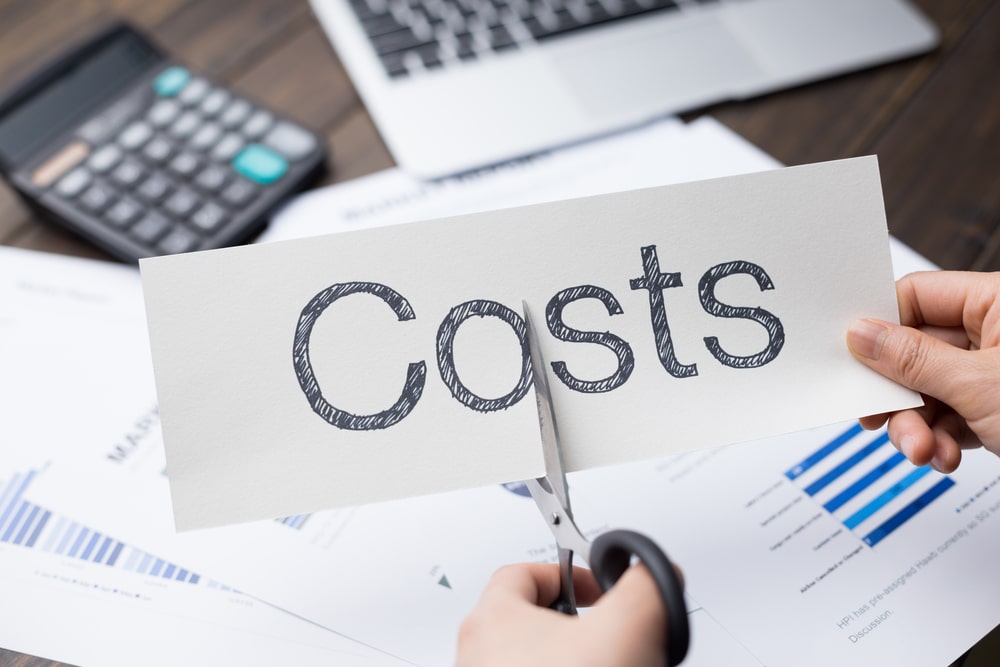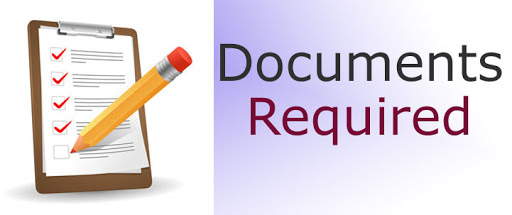- By TOP CHINA FREIGHT
- September 19, 2025
- Air Freight, Shipping
Table of Contents
How much is air freight from China is a crucial question for businesses involved in international trade. Air freight plays a vital role in importing goods from China, helping companies plan budgets, optimize supply chains, and ensure timely deliveries. This guide explores the factors affecting air freight costs, transit times, and strategies to reduce expenses while maintaining efficiency.

What Factors Determine Air Freight Costs from China?
Cargo Weight & Volume:
Charges are based on actual or volumetric weight, whichever is higher.
Shipping Routes & Demand:
Peak seasons (e.g., Chinese New Year) can increase rates.
Additional Fees:
Fuel surcharges, customs duties, and airport handling charges affect costs.
Type of Goods:
Fragile or hazardous items require special handling, increasing fees.
Flight Options:
Direct flights save time but may cost more than transshipment routes.
Understanding these factors helps businesses plan budgets and avoid unexpected expenses.
How Does Air Freight Compare to Sea and Rail Shipping?
Air freight is often faster but more expensive than other shipping methods. Below is a comparison table:
| Shipping Method | Cost | Transit Time | Pros | Cons |
|---|---|---|---|---|
| Air Freight | High | 3–7 days | Fast, reliable, minimal inventory | Expensive, weight limits |
| Sea Freight | Low | 20–40 days | Cost-effective, large volumes | Slow, subject to port delays |
| Rail Freight | Medium | 15–25 days | Balanced cost and time, stable | Limited routes, customs clearance required |
Therefore, businesses prioritize air freight for high-value, time-sensitive goods while reserving sea freight for bulk shipments. Rail freight offers a middle-ground solution in regions like Europe and Central Asia.
What Are Typical Air Freight Rates from China?
Air freight rates vary by route, cargo type, and airline. Typical charges per kilogram for common destinations:
| Destination | Economy Air Freight ($/kg) | Express Air Freight ($/kg) | Transit Time |
|---|---|---|---|
| USA (Los Angeles/New York) | 4–6 | 6–10 | 3–5 days |
| UK (London/Manchester) | 5–7 | 7–12 | 3–4 days |
| Germany (Frankfurt/Berlin) | 5–8 | 8–13 | 3–5 days |
| Australia (Sydney/Melbourne) | 6–9 | 9–14 | 4–6 days |
Prices fluctuate based on seasonality and cargo characteristics. Therefore, booking in advance during high-demand periods can help secure better rates.
How Can Businesses Reduce Air Freight Costs?

Combine smaller shipments into one large cargo to reduce per-kilogram costs.
Long-term partnerships often result in discounted rates.
Direct flights may be faster, but connecting flights can sometimes save money.
Efficient packaging reduces volumetric weight, lowering fees.
Major hubs often offer better pricing and frequent flights.
What Documents Are Required for Air Freight from China?

Accurate documentation is essential for smooth air freight. Common documents include:
| Document | Purpose |
|---|---|
| Air Waybill (AWB) | Shipping contract and tracking |
| Commercial Invoice | Customs valuation and payment proof |
| Packing List | Details of cargo contents |
| Certificate of Origin | Compliance with trade regulations |
| Import/Export License | Legal authorization |
Ensuring all paperwork is complete minimizes delays and avoids fines, making logistics more predictable and efficient.
Can Freight Forwarders Help Optimize Costs and Transit?
Freight forwarders act as intermediaries between shippers and carriers, providing expertise in routing, customs, and documentation. They can:
- Consolidate shipments for cost savings
- Offer warehousing solutions near airports
- Negotiate better rates with airlines
- Track cargo in real-time
Using a professional freight forwarder ensures businesses get accurate quotes, efficient transit, and smooth customs clearance. This reduces surprises and keeps supply chains running smoothly.
How Long Does Air Freight Take from China to Major Destinations?
Transit times vary depending on distance, airline, and routing:
| Destination | Average Transit Time | Notes |
|---|---|---|
| USA | 3–5 days | Direct flights fastest |
| UK | 3–4 days | Often via major European hubs |
| Germany | 3–5 days | Consolidation may add 1–2 days |
| Australia | 4–6 days | Seasonal variations apply |
| Japan/South Korea | 2–3 days | Frequent flights available |
Timely shipments are critical for inventory management and meeting market demand. Proper planning can help align delivery schedules with business needs.
What Are the Pros and Cons of Air Freight?
Understanding the advantages and disadvantages helps in decision-making:
| Pros | Cons |
|---|---|
| Fast transit | Higher cost per kg |
| Reliable schedule | Limited cargo size |
| Fewer handling stages | Fuel and surcharge variability |
| Reduced inventory risk | Seasonal demand spikes |
Therefore, air freight is ideal for urgent, high-value shipments but less suitable for bulky or low-cost goods.
Case Analysis: Air Freight for Electronics from China to the USA

Conclusion
Air freight offers speed, reliability, and reduced inventory risks, though it is generally more expensive than sea or rail transport. Factors such as cargo weight, seasonality, and route choice significantly influence pricing. By consolidating shipments, negotiating with freight forwarders, and ensuring accurate documentation, businesses can optimize costs. Strategic planning, combined with expert guidance, ensures timely deliveries and smooth supply chain management, ultimately helping companies understand how much is air freight from China.
Need a Shipping Quote?
If you want expert guidance and peace of mind, our team is ready to assist.
TJ China Freight offers tailored solutions to help businesses of all sizes ship more reliably from China.

FAQ
Q1:What is the fastest way to ship goods from China by air?
Direct flights to major hubs are the quickest, usually taking 3–5 days. Express services speed up delivery but cost more.
Q2:Can air freight handle fragile or hazardous goods?
Yes. Airlines provide special handling for fragile or hazardous items, but extra charges usually apply. Proper packaging is essential.
Q3:Are there weight or size limits for air freight?
Yes. Airlines set maximum weight per package and volumetric limits. Oversized cargo may require special arrangements.
Q4:How can I track my air freight shipment?
Air Waybills allow tracking online. Freight forwarders often provide portals to monitor real-time status and customs updates.
Q5:Is air freight more expensive than sea or rail?
Generally, yes. Air freight is faster but costs more per kilogram, while sea is cheaper for bulk and rail offers a balance.
